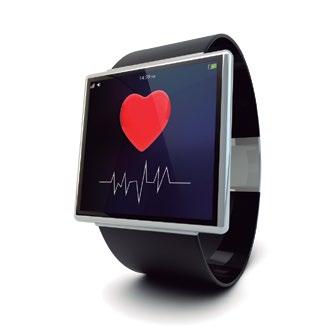18
AN ELECTRONIC DATA MODEL FOR A MORE EFFICIENT HEALTH SYSTEM IN LATIN AMERICA By Daniel Gutierrez, Customer Solutions Director, Clinerion.
Access to electronic health data has never been so crucial both for Latin American healthcare systems as well as for its economies, as evidenced right now during the time of COVID-19. We outline the issues and challenges encouraging digitalization and the benefits it can bring, in particular, for accelerating recruitment for clinical trials, and tracking epidemiology of diseases within and across regions and populations. Introduction: Digitalization in Latin America The adoption of electronic medical records in health systems across Latin America has been an ongoing effort. The HIMSS EMRAM classification of the degree of hospital digitalization lists 31 hospitals in Latin America in EMRAM Stages 6 and 7 (highest degree of digitalization), of which 27 are in Brazil. (1) By contrast, there are over 2000 in the USA and just under 3000
worldwide. There is still a ways to go for Latin America. A report from the Pan American Health Organization (PAHO) analyzing the state of electronic medical records (EMR) in Latin America and the Caribbean (2) highlighted up to thirteen benefits to the wide adoption of EMR, including the sharing of clinical information across entities, improvement of healthcare decisionmaking by tracking patient indicators in real-time, and acceleration of medical consulting.
1. HIMSS Latin America, EMR Adoption Model. Available at: http://www.himssla.org/ehome/168684/emram 2. Pan American Health Organization, Electronic Medical Records in Latin America and the Caribbean: An Analysis of the current situation and recommendations for the Region. 2016, ISBN 978-92-75-11882-5. Available at: https://iris.paho.org/handle/10665.2/28210

















